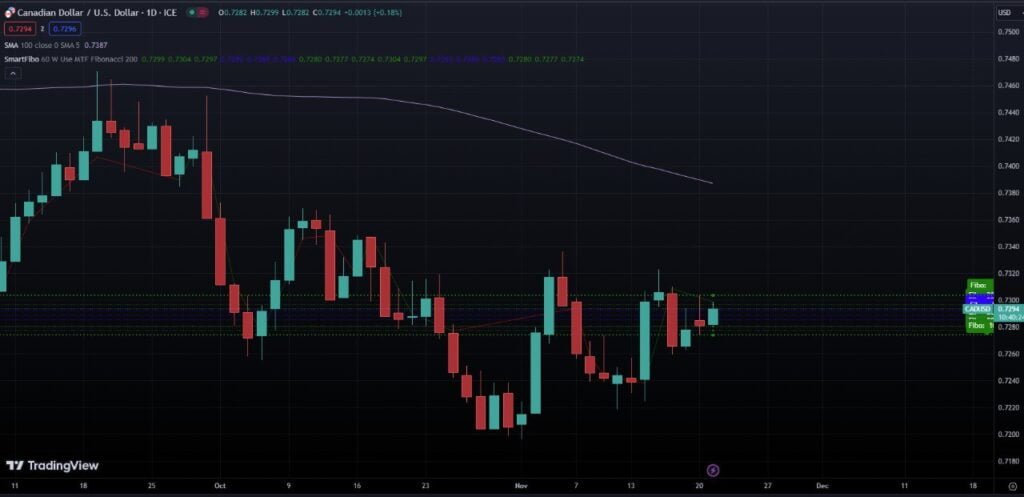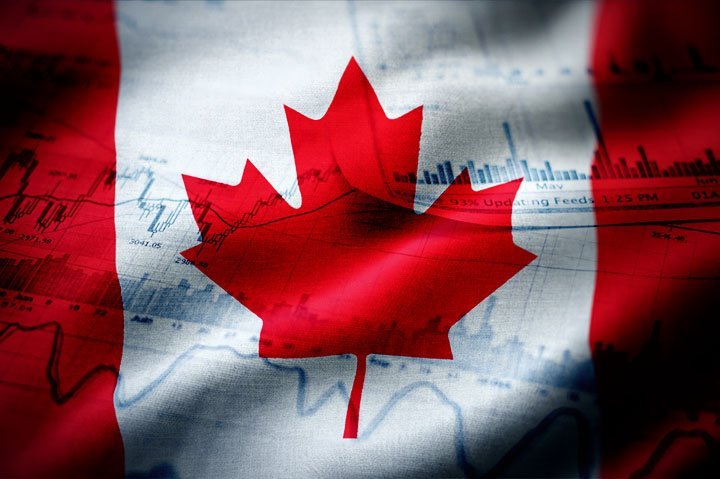Contents
Anticipated data regarding Canada CPI on Tuesday expected to reveal a decrease in the annual inflation rate. A development that would be favorably received by the Bank of Canada (BoC) and may not necessarily have a negative impact on the Canadian Dollar. Additionally, on the same day, the government set to release its fall economic statement.
Canada CPI and November Inflation Preview: Projections and BoC Policy Implications
Canada scheduled to release inflation-related data on Tuesday, November 21, at 13:30 GMT. In this update, Statistics Canada will unveil the October Consumer Price Index (CPI). That with a projected YoY increase of 3.2%, down from September’s 3.8%. This brings it closer to the Bank of Canada’s (BoC) 2% target. On a monthly basis, prices expected to rise by 0.1%, following an unexpected 0.1% decline in September.
The anticipated dip in gasoline prices and a more gradual increase in goods and grocery prices are likely to contribute to a modest uptick in the monthly inflation rate. Subsequently resulting in a decline in the annual rate. This report poised to strengthen the expectation that the BoC will refrain from further interest rate increases during the current tightening cycle.
Analyzing Trends: Canada’s Inflation, Rate Expectations, and Currency Dynamics
The annual Canada CPI Consumer Price Index inflation hit its lowest point in June at 2.8% and then rebounded, reaching 4% in August. However, the annual inflation rate dropped to 3.8% in September, falling below the expected 4%. More data from Canada, including September retail sales figures, will be released later in the week.
Current market sentiment does not anticipate further interest rate hikes from the Bank of Canada (BoC). According to the interest rate market, there’s about a 35% probability of rate cuts by March next year. Increasing to over 60% by the April meeting. Market participants foresee the potential for rate cuts in the first half of next year. That due to a weak economic outlook. Consequently, the slowdown in inflation is viewed positively for the economy and could have a favorable impact on the Canadian Dollar (Loonie). Even without expectations of additional rate hikes.
Also read: Bullock Speech Sends Strong Caution on Wages
As economic growth slows and the job market softens, inflationary pressures are likely to further diminish. The Canadian Dollar (CAD) has shown relative weakness in recent weeks. In contrast to the Australian Dollar and New Zealand Dollar, which have reached monthly highs against the US Dollar. The USD/CAD pair has been trading sideways. The recent decline in Crude Oil prices has weighed on the Loonie. But since Friday, Crude Oil prices have rebounded, offering no additional momentum to the Canadian Dollar.
Canada CPI: Bank of Canada Rates and USD/CAD Pair Movement
The impact of the report expected to be minimal since market consensus leans towards the Bank of Canada maintaining unchanged interest rates, and the CPI figures are unlikely to be a decisive factor. While a higher-than-anticipated reading could briefly strengthen the Canadian Dollar (Loonie) by fostering expectations of additional tightening, the effect may be short-lived.
Elevated interest rates coupled with a pessimistic economic outlook present a less favorable combination. Conversely, a more pronounced decrease in inflation might heighten expectations of rate cuts by Q1 2024, potentially adversely affecting the Loonie. Nevertheless, downsides could be contained as slowing inflation generally viewed as a positive influence on the economic outlook.
The USD/CAD pair is currently trading sideways below the 20-day Simple Moving Average (SMA) and has found support at the 55-day SMA. Technical indicators are offering mixed signals, leading to a lack of a clear bias in the pair’s movement.

On the positive side, a scenario where the price surpasses 1.3775 could indicate a test of a downtrend line around 1.3820. A break beyond that level would expose the crucial long-term resistance area at 1.3900. Which acted as a cap on the upside in 2022 and 2023. On the downside, a pivotal level is 1.3660, where an uptrend line and the 55-day SMA intersect. A breach below that area would potentially pave the way for further declines toward 1.3500.








